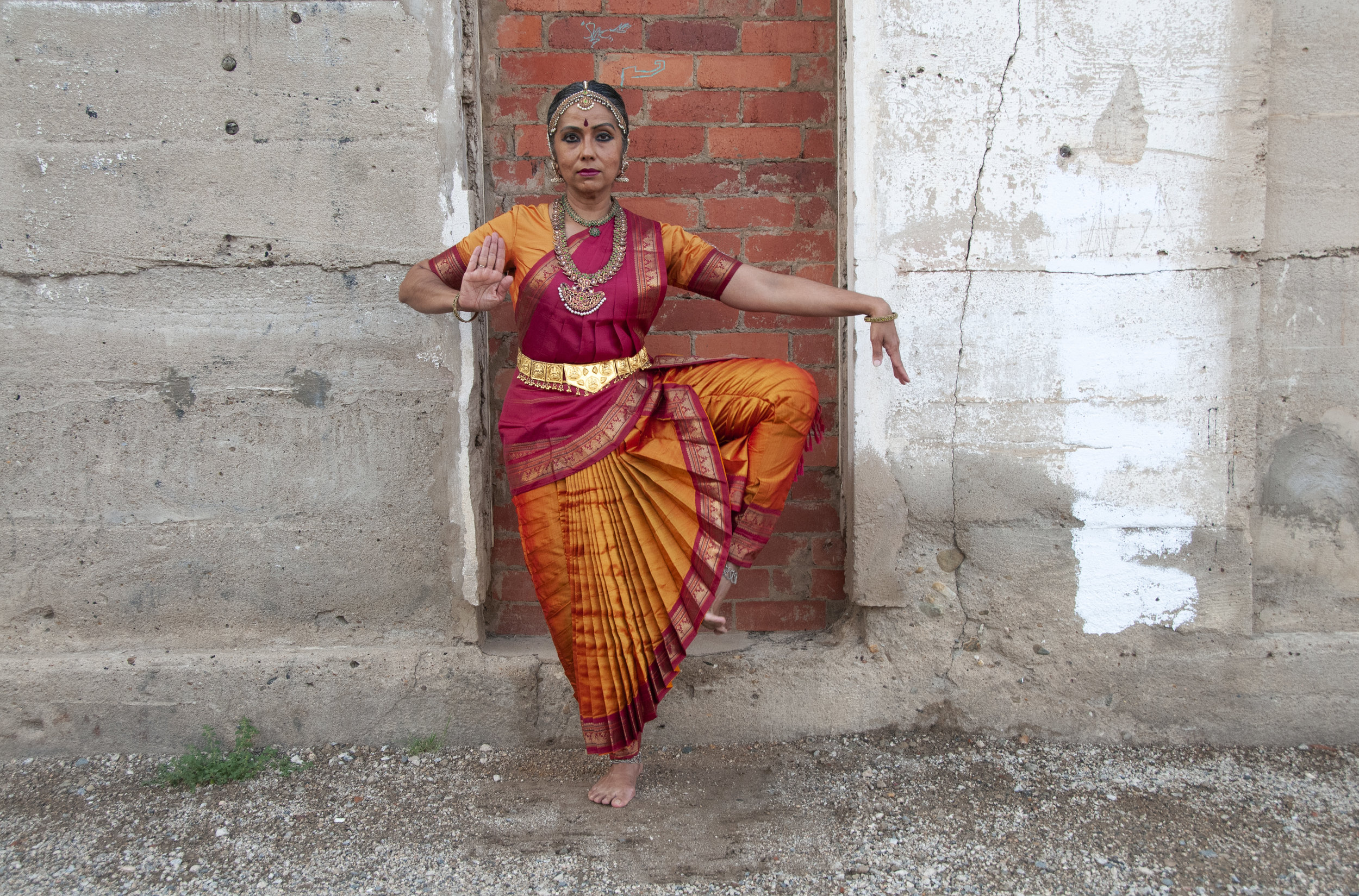Ganesha as the destroyer of obstacles
Ganesha is popularly invoked as the destroyer of obstacles, the English equivalent of the Sanskrit word vighna. Usually these vighnas are located in the external events and circumstances of our life. Invoking Ganesha is a way of ensuring success in our undertakings.
The association of Ganesha with the Mooladhara chakra and the attributes of the Ganesha Yantra (visual invoking of a deity used in Tantric practices) suggest a very different understanding of both the nature of vighna and of Ganesha’s role in relation to vighna. In the Ganesha Yantra, one of the attributes proposed is the experience of melting through intoxication in one’s own happiness. This state is one of freedom from dependence on anything outside of oneself for that happiness. The symbolic heart of this expression is Avighnesha, a form of Ganesha that is the root of his popular invocation as the destroyer of vighnas. When we dance this space through the Rasas or feeling constellations inherent in these attributes, the experiential heart of the vighna space is beautifully revealed.
The melting body, the body which becomes a trickle that disappears into the distance, which is a raindrop that loses itself upon touching the earth, which is the wave that becomes the ocean—this Rasa experience is one of surrender of form. The surrender occurs in supreme joyousness, and in the delightful freedom from the limits of the forms of body and thought. At the heart of this Rasa constellation is the truth about Avighnesha. The vighnas, the obstacles, melt into formlessness when we can surrender our attachment to form. It is only our patterns of thinking (which are also forms) that create vighnas.
The greatest vighna is signified by the symbol of the serpent Kundalini coiled three and a half times around the Sivalinga in the Mooladhara chakra. The Kundalini’s passionate attachment is not to something evil but to the dynamic and beautiful forms of Siva and Prakriti that together represent the full spectrum of manifest reality. The clinging is to the world of forms, which includes language and thought as well as other more gross material manifestations. Liberation is the loosening of Kundalini’s passionate clinging. It is the leap into the unknown when the world of namarupa, or definition and form, is surrendered. This is the destruction of vighna, because the only vighna that limits our ability to experience the fullness of reality is our attachment to paradigms and forms that offer familiarity and definition. This is why Ganesha is an important deity in the Mooladhara chakra.
Ganesha’s invitation is to dissolve all expectations of the known. He suggests that our attachment to definition, form and paradigms of all kinds create our separation from life. Ganesha’s own form dissolves many boundaries. Dancing in the Ganesha constellation is truly the space of liberation from language, form and definition that allows a glimpse into the state of Avighnesha—a state where there are no vighnas in our feeling world and therefore none anywhere else in our lives.

